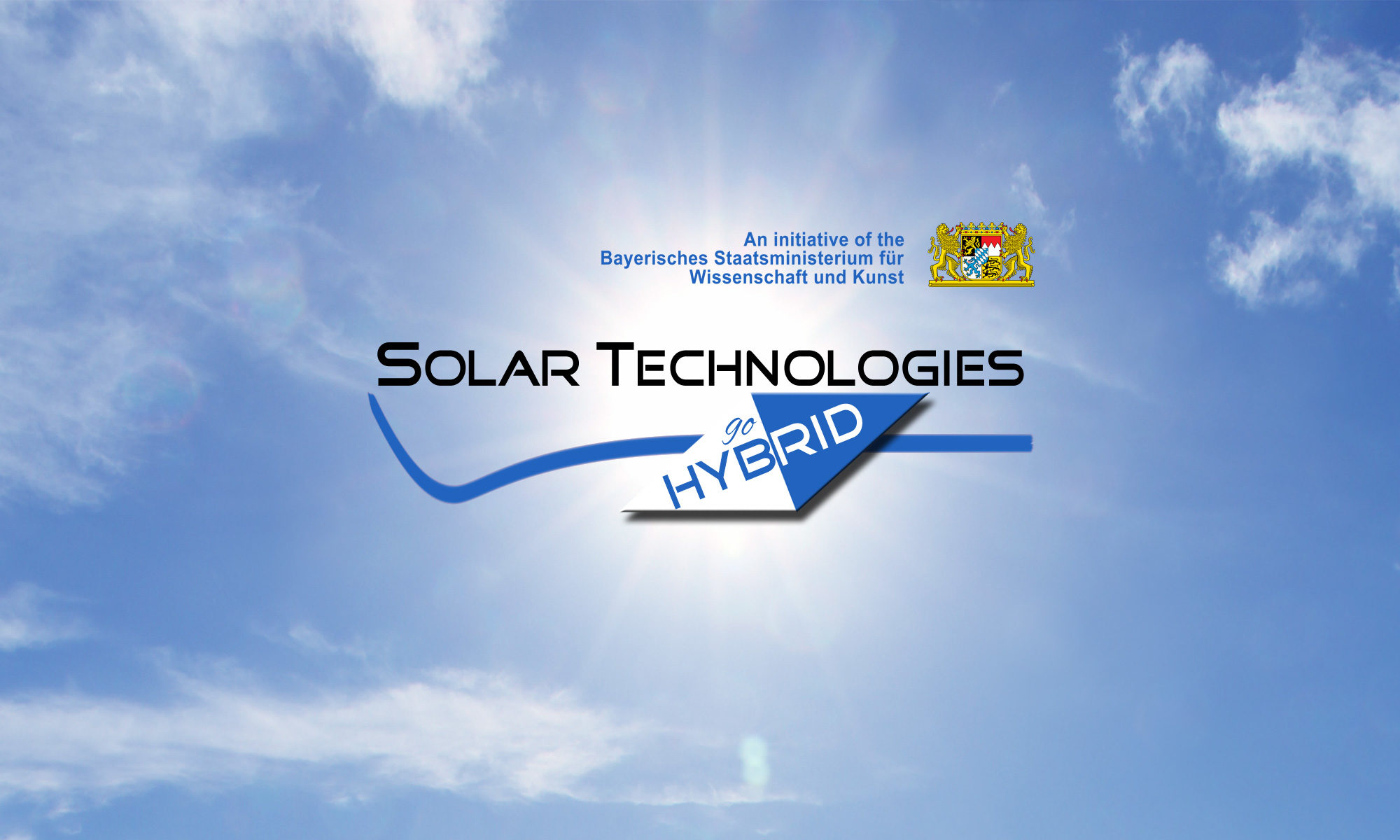Search references:
| 1. | Zhang, Heyou; Dharpure, Pankaj; Philipp, Michael; Mulvaney, Paul; Thelakkat, Mukundan; Köhler, Jürgen: Purely Optical, Reversible, Read-Write-Erase Cycling Using Photoswitchable Beads in Micropatterned Arrays. In: Advanced Optical Materials, 12 (26), pp. 2401029, 2024, ISSN: 2195-1071. (Type: Journal Article | Abstract | Links | BibTeX) @article{Zhang2024d, title = {Purely Optical, Reversible, Read-Write-Erase Cycling Using Photoswitchable Beads in Micropatterned Arrays}, author = {Heyou Zhang and Pankaj Dharpure and Michael Philipp and Paul Mulvaney and Mukundan Thelakkat and Jürgen Köhler}, url = {https://advanced.onlinelibrary.wiley.com/doi/abs/10.1002/adom.202401029}, doi = {https://doi.org/10.1002/adom.202401029}, issn = {2195-1071}, year = {2024}, date = {2024-07-16}, journal = {Advanced Optical Materials}, volume = {12}, number = {26}, pages = {2401029}, abstract = {Abstract Using surface-templated electrophoretic deposition, arrays of polymer beads (photonic units) incorporating photo-switchable DAE molecules are created, which can be reversibly and individually switched between high and low emission states by direct photo-excitation, without any energy or electron transfer processes within the molecular system. The micropatterned array of these photonic units is spectroscopically characterized in detail and optimized with respect to both signal contrast and cross-talk. The optimum optical parameters including laser intensity, wavelength and duration of irradiation are elucidated and ideal conditions for creating reversible on/off cycles in a micropatterned array are determined. 500 such cycles are demonstrated with no obvious on/off contrast attenuation. The ability to process binary information is demonstrated by selectively writing information to the given photonic unit, reading the resultant emissive signal pattern and finally erasing the information again, which in turn demonstrates the possibility of continuous recording. This basic study paves the way for building complex circuits using spatially well-arranged photonic units.}, keywords = {}, pubstate = {published}, tppubtype = {article} } Abstract Using surface-templated electrophoretic deposition, arrays of polymer beads (photonic units) incorporating photo-switchable DAE molecules are created, which can be reversibly and individually switched between high and low emission states by direct photo-excitation, without any energy or electron transfer processes within the molecular system. The micropatterned array of these photonic units is spectroscopically characterized in detail and optimized with respect to both signal contrast and cross-talk. The optimum optical parameters including laser intensity, wavelength and duration of irradiation are elucidated and ideal conditions for creating reversible on/off cycles in a micropatterned array are determined. 500 such cycles are demonstrated with no obvious on/off contrast attenuation. The ability to process binary information is demonstrated by selectively writing information to the given photonic unit, reading the resultant emissive signal pattern and finally erasing the information again, which in turn demonstrates the possibility of continuous recording. This basic study paves the way for building complex circuits using spatially well-arranged photonic units. |
References (last update: Sept. 23, 2024):
2024 |
Zhang, Heyou; Dharpure, Pankaj; Philipp, Michael; Mulvaney, Paul; Thelakkat, Mukundan; Köhler, Jürgen Purely Optical, Reversible, Read-Write-Erase Cycling Using Photoswitchable Beads in Micropatterned Arrays Journal Article Advanced Optical Materials, 12 (26), pp. 2401029, 2024, ISSN: 2195-1071. Abstract | Links | BibTeX | Tags: micro patterned arrays, photo switchable polymer beads, photochromism, photonic logic gates @article{Zhang2024d, title = {Purely Optical, Reversible, Read-Write-Erase Cycling Using Photoswitchable Beads in Micropatterned Arrays}, author = {Heyou Zhang and Pankaj Dharpure and Michael Philipp and Paul Mulvaney and Mukundan Thelakkat and Jürgen Köhler}, url = {https://advanced.onlinelibrary.wiley.com/doi/abs/10.1002/adom.202401029}, doi = {https://doi.org/10.1002/adom.202401029}, issn = {2195-1071}, year = {2024}, date = {2024-07-16}, journal = {Advanced Optical Materials}, volume = {12}, number = {26}, pages = {2401029}, abstract = {Abstract Using surface-templated electrophoretic deposition, arrays of polymer beads (photonic units) incorporating photo-switchable DAE molecules are created, which can be reversibly and individually switched between high and low emission states by direct photo-excitation, without any energy or electron transfer processes within the molecular system. The micropatterned array of these photonic units is spectroscopically characterized in detail and optimized with respect to both signal contrast and cross-talk. The optimum optical parameters including laser intensity, wavelength and duration of irradiation are elucidated and ideal conditions for creating reversible on/off cycles in a micropatterned array are determined. 500 such cycles are demonstrated with no obvious on/off contrast attenuation. The ability to process binary information is demonstrated by selectively writing information to the given photonic unit, reading the resultant emissive signal pattern and finally erasing the information again, which in turn demonstrates the possibility of continuous recording. This basic study paves the way for building complex circuits using spatially well-arranged photonic units.}, keywords = {micro patterned arrays, photo switchable polymer beads, photochromism, photonic logic gates}, pubstate = {published}, tppubtype = {article} } Abstract Using surface-templated electrophoretic deposition, arrays of polymer beads (photonic units) incorporating photo-switchable DAE molecules are created, which can be reversibly and individually switched between high and low emission states by direct photo-excitation, without any energy or electron transfer processes within the molecular system. The micropatterned array of these photonic units is spectroscopically characterized in detail and optimized with respect to both signal contrast and cross-talk. The optimum optical parameters including laser intensity, wavelength and duration of irradiation are elucidated and ideal conditions for creating reversible on/off cycles in a micropatterned array are determined. 500 such cycles are demonstrated with no obvious on/off contrast attenuation. The ability to process binary information is demonstrated by selectively writing information to the given photonic unit, reading the resultant emissive signal pattern and finally erasing the information again, which in turn demonstrates the possibility of continuous recording. This basic study paves the way for building complex circuits using spatially well-arranged photonic units. |
